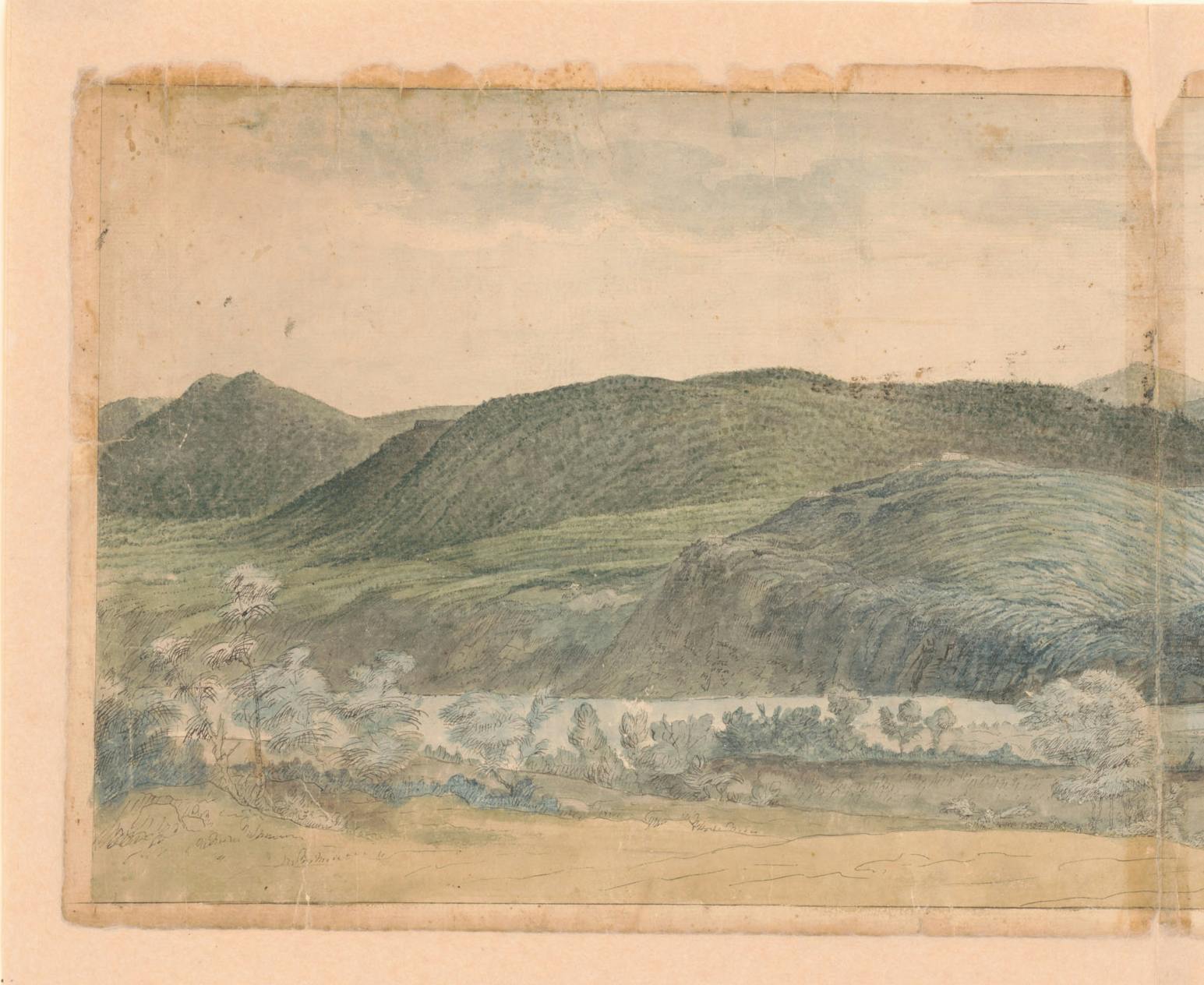West Point
Hudson Highlands
Take a closer look at the outlying defenses on the rocky hills and cliffs south of West Point. Notice the Hudson River in the foreground and the Continental Army’s hilltop fortifications.
Image courtesy of Library of Congress, Prints and Photographs Division, Washington, D.C.

